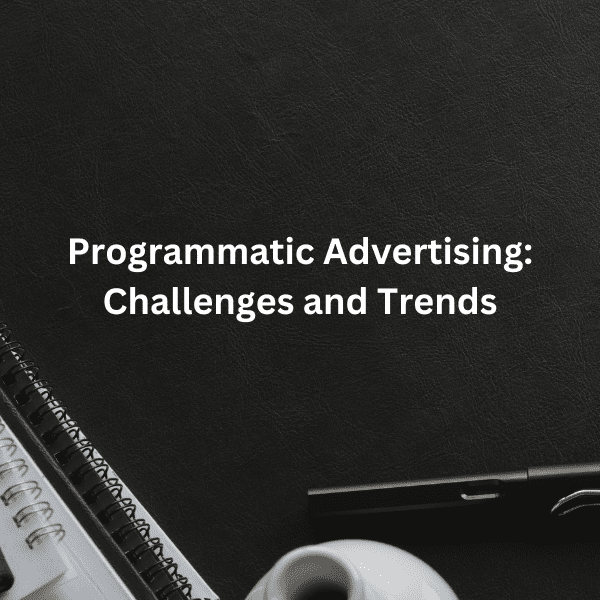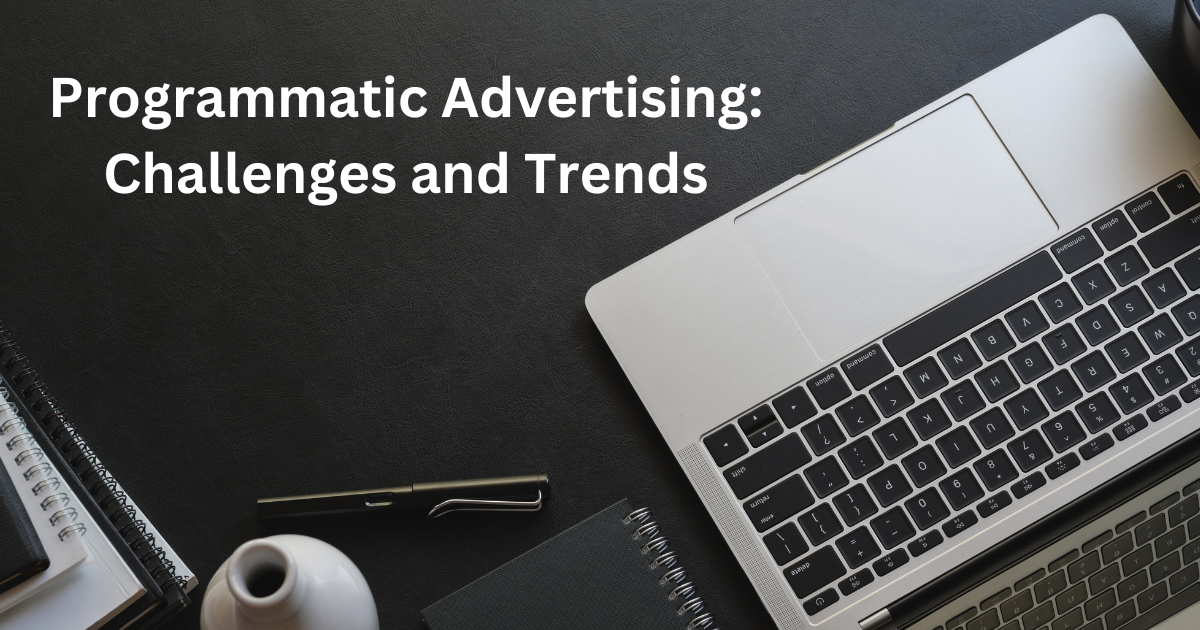Programmatic Advertising: Challenges and Trends
Welcome to the world of programmatic advertising, where staying at the forefront is the key to unlocking success.
In a digital marketing landscape that never stops evolving, marketers need to identify the current challenges and trends of programmatic advertising to maximize their campaign effectiveness.
Whether you possess years of experience in the field or are taking your first steps on this journey, this blog serves as your entry point to grasp the elements influencing your campaign’s effectiveness.
Additionally, it provides insights into embracing the most promising trends to deliver exceptional outcomes for your brand.
4 Main Challenges of Programmatic Advertising
In 2023, programmatic advertising involves several significant challenges that marketers and advertisers must navigate:
1.Privacy Regulations
Privacy and data regulations have become increasingly significant on a global scale. Measures such as GDPR (General Data Protection Regulation) and CCPA (California Consumer Privacy Act) has been implemented to address these concerns.
These rules place constraints on how user data can be gathered and utilized, posing a considerable challenge for advertisers aiming to efficiently reach their target audiences.
Advertisers now face the complex task of harmonizing their personalization efforts with adherence to these regulations to prevent legal complications and uphold consumer trust.
2. Ad Fraud:
Ad fraud remains a persistent challenge in programmatic advertising. Criminals consistently evolve and innovate fresh methods to exploit ad inventory and traffic, resulting in ad budgets being squandered and diminishing the return on investment for advertisers.
3. Ad blockers:
Ad blockers are becoming increasingly common, posing a significant hurdle for programmatic ads in reaching their target audience.
This trend forces advertisers to come up with innovative and less obtrusive methods to engage users who actively take steps to steer clear of undesired advertisements.
4. Data Quality and Accuracy:
Programmatic advertising relies heavily on data for audience targeting and campaign optimization.
Maintaining data accuracy and quality is vital, as incorrect or outdated information can lead to suboptimal ad placements and hinder campaign performance.
Top 8 Programmatic Advertising Trends in 2023
Below are eight of the best trends for programmatic advertising this year:
1.AI and Machine Learning Dominance
AI and machine learning are becoming even more integral to programmatic advertising. These technologies enable precise audience targeting, better ad creative optimization, and improved campaign performance.
AI-driven predictive analytics are increasingly assisting in identifying trends and consumer behavior patterns, aiding in strategic planning for future campaigns.
2. Privacy-First Advertising
With increased privacy regulations and consumer concerns, advertisers are focusing on privacy-first approaches. This includes strategies like contextual targeting, first-party data utilization, and less reliance on third-party cookies.
3. Omnichannel Integration
Advertisers are increasingly using programmatic across various channels, including display, video, social media, and connected TV.
The ability to coordinate and deliver consistent messages across these channels is key.
4. Programmatic Audio Advertising
The audio ad market is growing rapidly, with programmatic technology making inroads into podcasts, streaming music, and voice assistant platforms. It offers new opportunities for brands to engage with their audiences.
5. Data Quality and Verification
Advertisers are placing a premium on data quality and transparency. They are investing in data verification tools and partnerships to ensure the accuracy and reliability of the data used for programmatic campaigns.
6. Contextual Advertising
Contextual targeting is making a comeback, driven by privacy concerns and the depreciation of third-party cookies. Advertisers are finding value in placing ads in relevant content rather than relying solely on user data.
7. Dynamic Creative Optimization (DCO)
DCO is gaining prominence for its ability to deliver personalized and highly relevant ad creatives in real-time. Advertisers are leveraging DCO to enhance engagement and conversion rates.
8. Video Advertising Growth
Video remains a powerhouse in programmatic advertising. Short-form video, long-form video and interactive video ads are all on the rise, providing opportunities for brands to capture the attention of viewers.
Conclusion
It is crystal clear that in the dynamic and ever-changing landscape of programmatic advertising, success will belong to those who are willing to deal with the above-discussed challenges by embracing innovation, prioritizing transparency, and
consistently putting the user experience at the forefront of their strategies. If you’re looking to achieve quicker results, consider collaborating with our Digital Marketing Agency for professional and powerful campaigns tailored to your brand’s goals.



